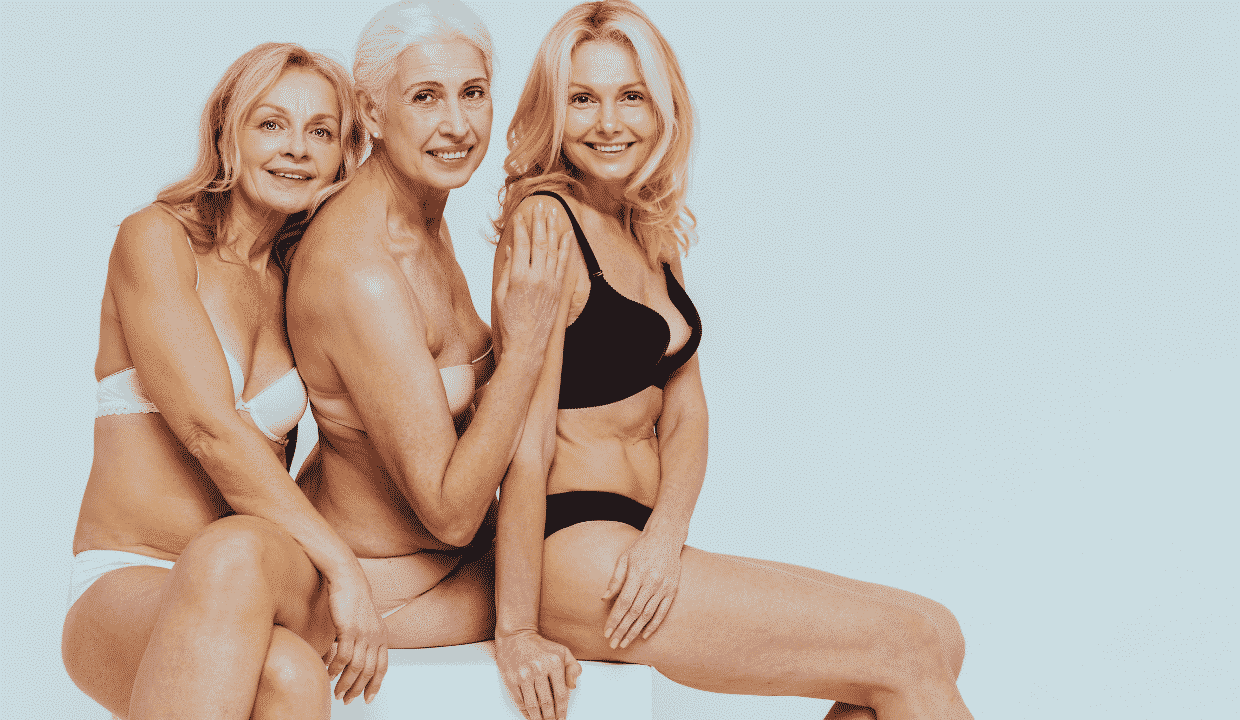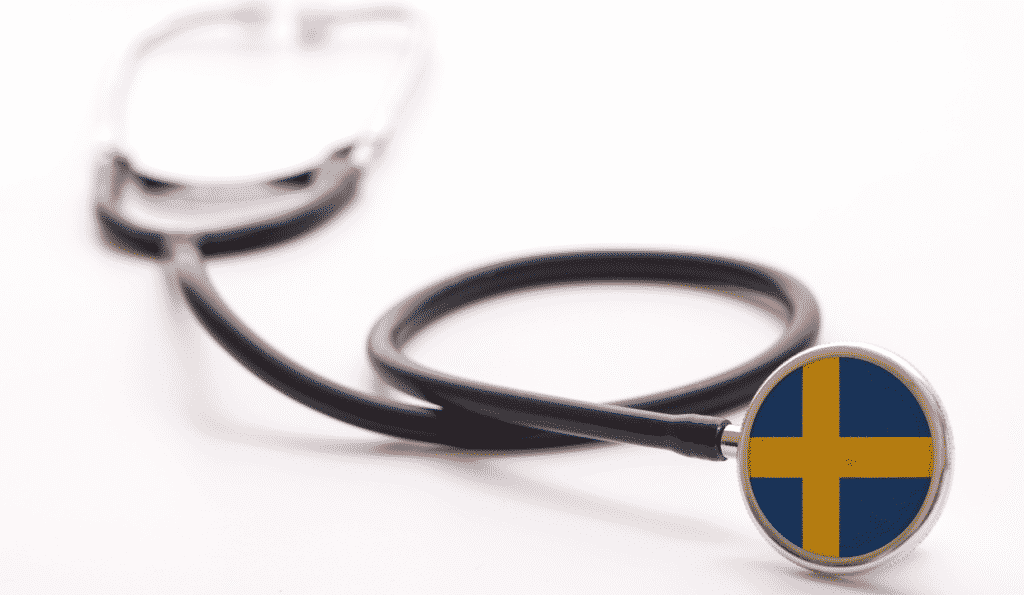The Swedish Health Care Act aims to provide good health and equal access to care to all Swedish residents. While this goal is noble, the policy is generally gender blind as it has not been able to differentiate the needs and prerequisites between men and women. Thus, the call for a more gender-sensitive health policy design.
Here are three areas where a gender-sensitive health policy design would be helpful:
-
Cancer
Common cancers among Swedish women are breast cancer, colon cancer, lung cancer, uterine cancer, skin cancer, and melanoma.
The number of women having breast cancer in Sweden has increased by 1.5 percent per year over the last decade. The good thing, though, is the mortality rate is not increasing. This can be attributed to early and improved diagnostics. Mammography is accessible for women between ages 50 and 69, and screening for other age groups is highly encouraged.
Lung cancer among women is also rising at 2.6 percent per year. This is contrary to lung cancer in men, which has decreased by 0.8 percent per year.
Aside from breast and lung cancer, cases of skin cancer and melanoma are increasing. Other types of cancer like cervix and ventricle cancer have been decreasing.
-
Sexually Transmitted Infections
STI chlamydia has a clear upward trend in Sweden, with women accounting for 50% of the new infections. 75% of those new cases come from young women in the 15-24 years old age group. Experts say that the new cases might be attributed to the changing sexual behaviors of young people. Women having sex before 15 are seen to be at higher risk for this STI and for unwanted pregnancy.
As for HIV, 40% of the newly reported cases are women. 60% of them are heterosexuals. Very few of the women are pregnant and are considered carriers of HIV, and those diagnosed are immediately offered medication to prevent the transfer to the fetus.
STIs like gonorrhea and syphilis are uncommon in Sweden.
-
Reproductive Health
The maternal mortality rate in Sweden is very low and the perinatal mortality rate. Almost 100% of pregnant women pay regular visits to their maternal care centers. Last 2002, 74% of the total births were through uncomplicated vaginal deliveries.
The average age of a first-time mother in Sweden is 28.6. Last 2003, a Swedish woman gave birth to around 1.71 children. However, an upward trend has been observed,
As for the risk factors for pregnant women, being overweight and alcohol consumption have been the top concerns. But for the last two decades, early pregnancy smokers have decreased from 31 to 11 percent.
The abortion rate has been relatively constant since introducing the legislation for abortion and birth control. Abortion in Sweden is also pegged at 18-20/per 1000 for women between 15-44. This accounts for one abortion per three live-born babies.
These are some opportunity areas for the Swedish government to focus on women’s health. Last 2002-to 2004, the National Public Health Institute and the National Board of Health and Welfare (NBHW) were commissioned by the Ministry of Health and Social Welfare to look into gender equity in health care and to recommend actions to further narrow down the gender gap. Despite this effort, no special national institution can translate these recommendations into legislation.
There are 21 independent County Councils/Regions in Sweden that have financed, organized, and delivered health services for women like breast and cervical cancer screening. The Swedish Federation of Counties and Local Authorities also spearheaded initiatives in gender equity amongst healthcare workers.
Much can still be done to improve women’s health in Sweden. It’s high time to call for gender-sensitive policies and focus on specific health concerns for women to ensure a gender-equal health system.


